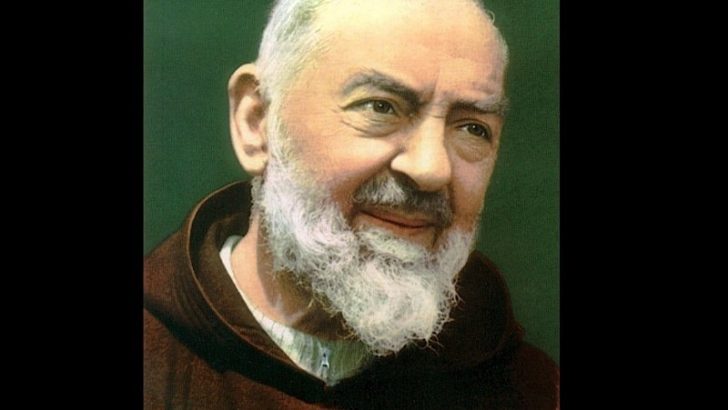Padre Pio of Pietrelcina: a brief biography
by Fr Francesco Napolitano (Columba Press, €14.99)
Padre Pio was canonised by Pope John Paul II on June 16, 2002, to the great delight of his many devotees around the world, especially here in Ireland.
Francesco Forgione, the new saint, was born in the village of Pietrelcina, near Benevento in Southern Italy on May 25, 1887, in the second decade after the capture of Rome and the unification of Italy, a troubled time for the Italian Church.
Following his early education, paid for with remittances from one of his brothers who had emigrated to America, Francesco entered the novitiate of the Friars of the Capuchin Province in Benevento in 1903. A year later, having vowed to live in obedience, poverty and chastity, he became a member of the Capuchin order and was given the religious name Fra Pio.
On completing his studies in philosophy and theology, he was ordained in 1910 and was assigned to the Friary at Campobasso. However, he was bedevilled by ill-health and returned to his home having received permission to remain “outside the friary since this seems to be the only hope of a cure”.
Illness
With the outbreak of World War I Padre Pio was called up. He presented himself at the induction centre in Benevento and was assigned to the Tenth Medical Corps in Naples. He served as an orderly in a military hospital from 1915 to 1918. However, owing to intermittent illness, he spent most of the time on medical leave. He was formally discharged in 1918 and was then assigned by his religious superior to the monastery of San Giovanni Rotondo.
Soon after arriving in the monastery Padre Pio became aware of the stigmata. These are wounds which replicate those of Christ on the Cross – the wounds on his hands and feet and the wound in his side. A year later, on the initiative of Padre Pio’s superior, they were scientifically investigated and authenticated. Padre Pio had to cope with them for the next 50 years as it was not until shortly before he died on September 23, 1968 that they began to heal.
In the meantime Padre Pio exercised his priestly ministry. He celebrated Mass with extraordinary devotion and assisted people in the confessional, where he spent most of his waking hours. He became a centre of widespread interest in Italy and beyond.
Much of this interest was prompted by his stigmata, but it was also fuelled by the experiences and reports of pilgrims and other visitors who travelled to San Giovanni Rotondo to seek his healing. Some of the reports included accounts of mysterious phenomena, not least of which was the extraordinary perfume which surrounded him.
Padre Pio was no stranger to physical pain and illness, and he had sympathy especially for those residing in the vicinity of San Giovanni Rotondo who had access to only the most basic of medical services. He inspired a number of his friends and devotees to collect funds and build a hospital to serve the area. The result is the most modern and best-equipped hospital in the south of Italy.
Apart from the provision of the hospital, the mayor and citizens of San Giovanni Retondo were very aware how important Padre Pio was to the area.
Thus when on one occasion a superior proposed to transfer him to another monastery their opposition was such that the decision had to be revoked.
From 1950 onwards devotees of Padre Pio began to establish prayer groups in his honour. By 1976 there were more than 1,400 of these with more than 150,000 members.
Since then they have greatly expanded throughout the world and thus St Pio’s ministry of healing continues apace.



